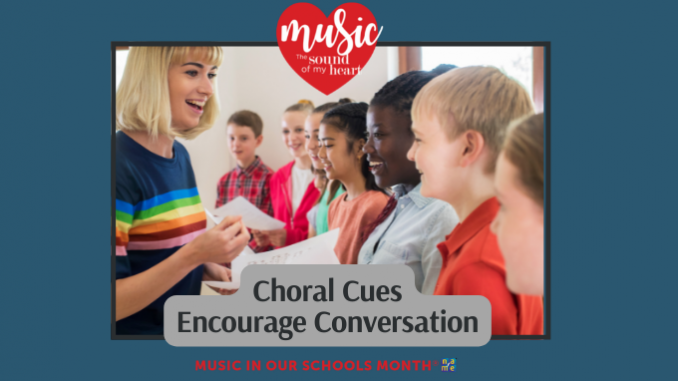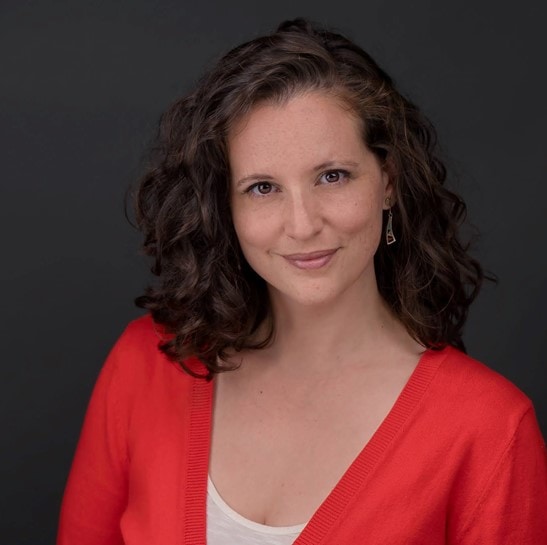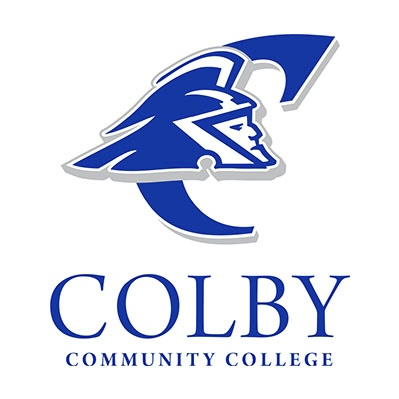
#MIOSM22 Choral Cues
by NAfME Members Stefanie Weigand and Dean Luethi
Reprinted with permission from the NAfME Music in a Minuet Blog
During this year’s Music In Our Schools Month® (MIOSM®), the NAfME Council for Choral Education created a series of “Choral Cues” in order to stimulate conversation amongst our choral colleagues and prompt consideration of new ideas to bring back with us into the classroom.
Below is a compilation of our “#MIOSM22 Choral Cues” along with ideas from both the Council and contributions from music educators on NAfME’s social media pages. Thank you to everyone who engaged with us this month! We hope you can take a moment to consider what these cues mean for your own students and the ways in which you navigate through the world of choral music education.
How can you energize your students midway through a rehearsal?
- Engage in stretching and physical activities throughout the rehearsal process.
- Incorporating movement into our rehearsals is a great way to keep students engaged. It’s also really fun to switch things up and let the students lead a portion of the rehearsal. The whole energy of the room shifts.
How do you relieve a tired voice after a full day of teaching?
- Take time during your commute home to cool down with some simple SOVT exercises. I keep a straw in my car!
- Be proactive. When you feel your voice getting tired, consider having a silent rehearsal. Take vocal breaks during your planning or lunch times if you can.
- Gentle humming, sirens, and sighing.
- Humming and deep breathing. Hot tea and silence are my go-tos.
Share a moment in choir rehearsal that made you laugh!
- We were preparing for our Christmas Concert, so we were working on “O Holy Night.” When we reached the crescendo point with the words “fall on your knees,” and the choir went down on their knees!!!!
- Fourth grade chorus after singing through “One Call Away” for the first time—student immediately shouts out “That song was bangin’! I want to hear that again! What’s it called . . . ?”
How do you encourage student leadership in your choir?
- Rotate the position of “section leader” throughout each performance cycle/ semester.
- Giving students different duties [see below] gives them ownership of their work.
Do your students have opportunities to collaborate with other departments?
- Co-taught lessons or multidisciplinary projects are a great starting point.
- Our school’s physics class used to come down to the music department during their “physics of sound” unit, and we would co-teach a lesson together.
How are you/your singers coping with the ever-changing COVID guidance on a local or school level?
- We are prioritizing safety and making sure we communicate with our district colleagues so we’re all on the same page.
Is composer diversity a component of your repertoire programming?
- Do you use the Choral Database compiled by the Institute for Composer Diversity? The ICD also provides a “best practices” chart to break down the diversity of your program.
- Attending conferences, festivals, and professional development that brings diversity to the forefront is a great way to get started. Speak with colleagues and check out the programs from ensembles that prioritize diverse music and composers.
Do you conduct with your singers?
- When students aren’t connecting with my gesture (articulation/dynamics), I have them put the music down and conduct with me. They connect my gesture with their performance in a wonderfully kinesthetic way.
- I often have them close their eyes and conduct themselves . . . it has transformed so many pieces.
- Elementary music students [K-5] would quietly follow my upper body movements to the steady beat of various composers’ music for a couple minutes, then I would ask about elements of music and teach them composer names with movement.
How can music help your students understand another culture?
- Consider your region’s indigenous community, refugee population, or even another culture from far across the globe.
Is your community engaged in the music department’s activities?
- Student musicians may sing at community events and/or community members are invited to participate in special events within the department.
- We carol every year at our local bookstore. It’s a really fun tradition now for both the community and my choir.
Do your singers improvise during rehearsal?
- Improvisation using body percussion, movement, and vocalization contribute to musicality and sense of ensemble.
- Circle singing and rhythm circles!
Can you give students agency to create or teach warm-ups?
- Students take on an important leadership role and learn through instructing their peers.
- Allowing students to plan out warm-ups for the day using what they have learned about vocal technique and structure of a warm-up is such a useful tool.
How do you emphasize the importance of listening in your classroom?
- This could mean anything from behavioral expectations to blend/balance to overall musicianship.
- When students lead, they are forced to listen. So too when they are asked to provide meaningful feedback to the group or to another section. They listen on a whole different level.
Is movement a regular part of your choral rehearsal routine?
- From warm-ups, to interpretation, to performance prep, movement can enhance any rehearsal.
- Students are allowed to move freely throughout rehearsal and when deeper interpretation or expressivity is needed, they can create movement “routines” for short sections of the piece they are having trouble connecting with.
- I find movement and gesture vital for the understanding of choral/vocal concepts, many of which are extremely abstract.
Have you ever used Count Singing in your rehearsal?
- This may include examples from exercises, theory, or repertoire preparation!
- Combining count singing and movement is one of the most effective tools we have.
- Daily! It’s part of our process of learning any piece.
- Often! And doing it tomorrow on a section of a piece!
Do your choral students have any “duties” in the classroom?
- From attendance to music librarian, there are many ways for your students to be involved with the inner workings of the music department.
- Yes! One student assists in cataloging our choral library.
- Secretary, paper collector, librarian, student director, phone person, new student liaison.
What does it mean to “meet students where they are”?
- While it is good to have high expectations of our students, meeting students where they are means planning music around what is going to make them the most successful while still teaching valuable music skills.
What are the most innovative ways that you incorporate solfege into your rehearsals?
- We use solfege in call & response singing and then move into applying solfege to exercises or melodies that they already know. It helps to ease the transition into sight-reading.
During the final four days of the month, we asked our choral music educators to consider how they incorporate the NCAS Standards into their work with students.
- How does this work affect your own classroom?
- Are your students aware of the NCAS standards?
How do you incorporate NCAS: Create in your Choral Classroom?
- From conception to completion, the creative process is vital to understanding our relationship with the music we perform.
How do you incorporate NCAS: Perform in your Choral Classroom?
- Understanding the process of repertoire selection, refining artistic techniques, and conveying meaning through performance are just some of the skills involved in this standard.
How do you incorporate NCAS: Respond in your Choral Classroom?
- Analysis, evaluation, and learning to interpret meaning and artistic intent in music (and text) are key to understanding our own work as performers.
How do you incorporate NCAS: Connect in your Choral Classroom?
- Our final standard draws connections between personal experience to artistic choices, and brings societal, cultural, and historical context to the forefront.
About the authors:
Stefanie Weigand has served as President and Membership Chair of the Vermont chapter of ACDA and currently serves as a member of the NAfME Council for Choral Education and Youth R&R Chair with the ACDA Eastern Region. As a choral educator for grades 7-12, she was a recipient of the VMEA’s Outstanding New Music Educator Award. She enjoys working as a presenter, clinician, and guest conductor across the region and currently conducts the Northern Vermont University Johnson Chorale. Stefanie is also the Director of Education with Music-COMP, a non-profit organization that promotes creativity and teaches composition to both students and teachers. She received a Masters of Music Education from Castleton University and a BFA in Musical Theatre from Ithaca College.
Current Chair of the NAfME Council for Choral Education, Dr. Dean Luethi serves as the Director of the School of Music and Associate Professor at Washington State University. He received his BM in Vocal Music Education from the University of Wisconsin – Green Bay, his MM in Choral Conducting from the University of South Florida in Tampa, and his DMA in Choral Music from the University of Illinois – Urbana/Champaign.
Dean was Coordinator of Music Education, taught choral conducting, choral music methods, directed WSU’s University, Treble, and Tenor/Bass Choirs, and supervised student teachers prior to his appointment as Director of the School of Music. He currently teaches applied theory in addition to his administrative duties.
Known for his work as a choral pedagogue, Dean has presented research, workshops, or conducted choirs at festivals, conferences, and competitions in the US, Austria, China, Germany, Hawaii, India, Newfoundland, Netherlands, Poland, and South Korea. Dean’s book Aligning Voices: Exercises to Build Choral Musicianship is available through GIA Publications. He is published in Choral Journal and Music Educators Journal. As part of his service to the NAfME Council for Choral Education, Dean works with and has prepared a virtual choral conducting series for choral conductors which is distributed throughout India.
















